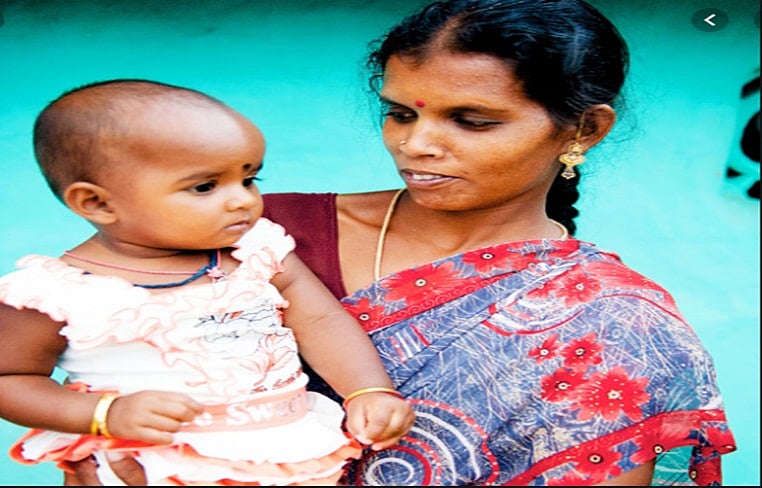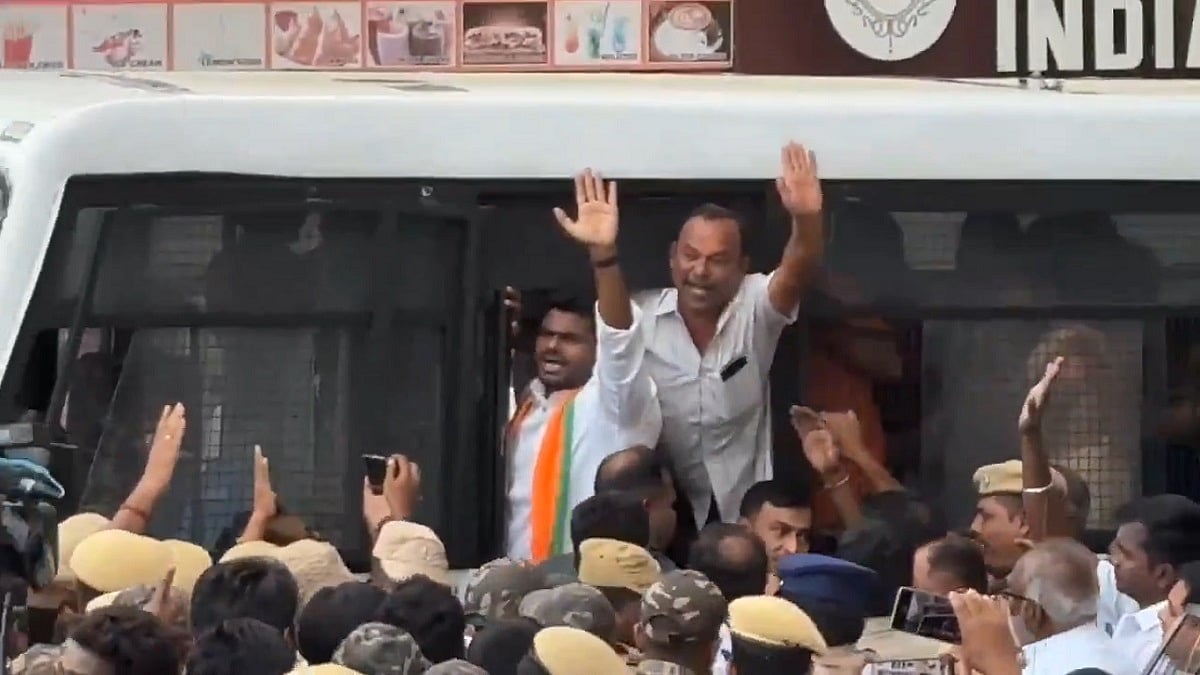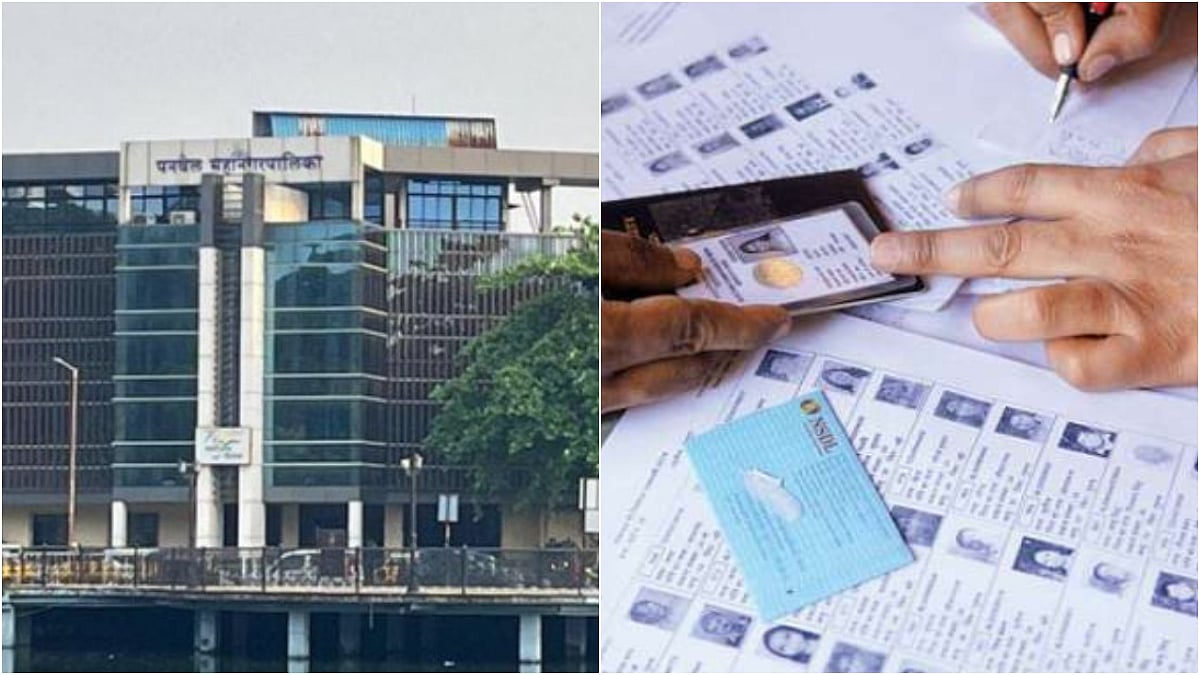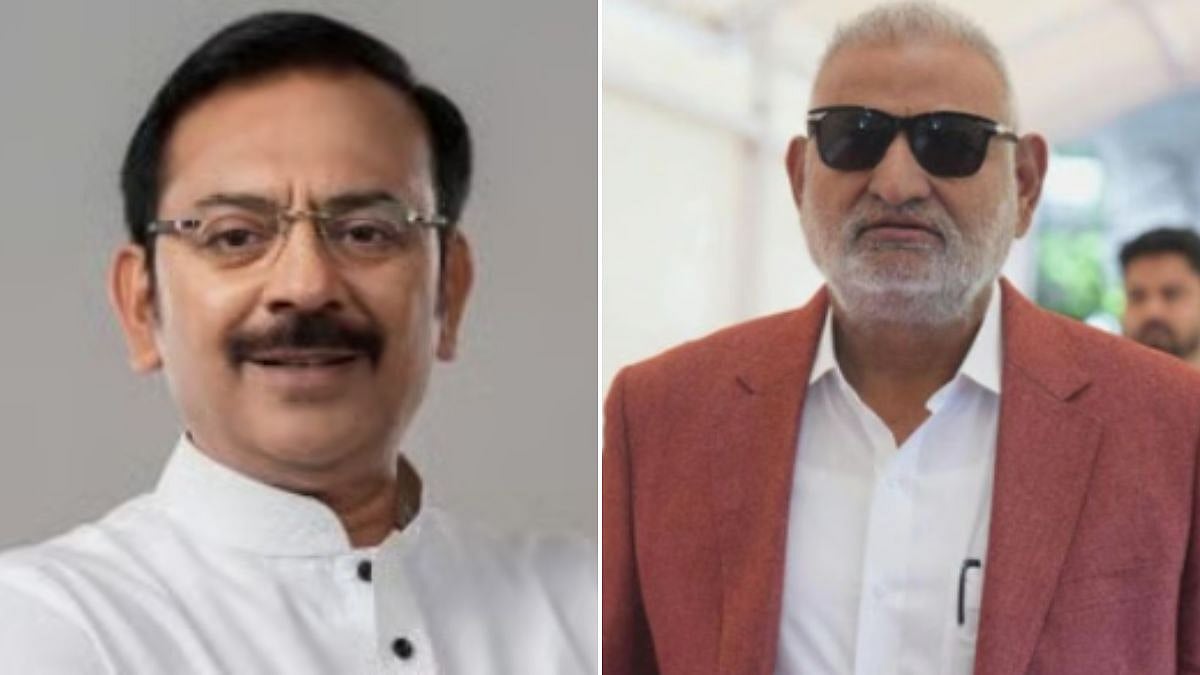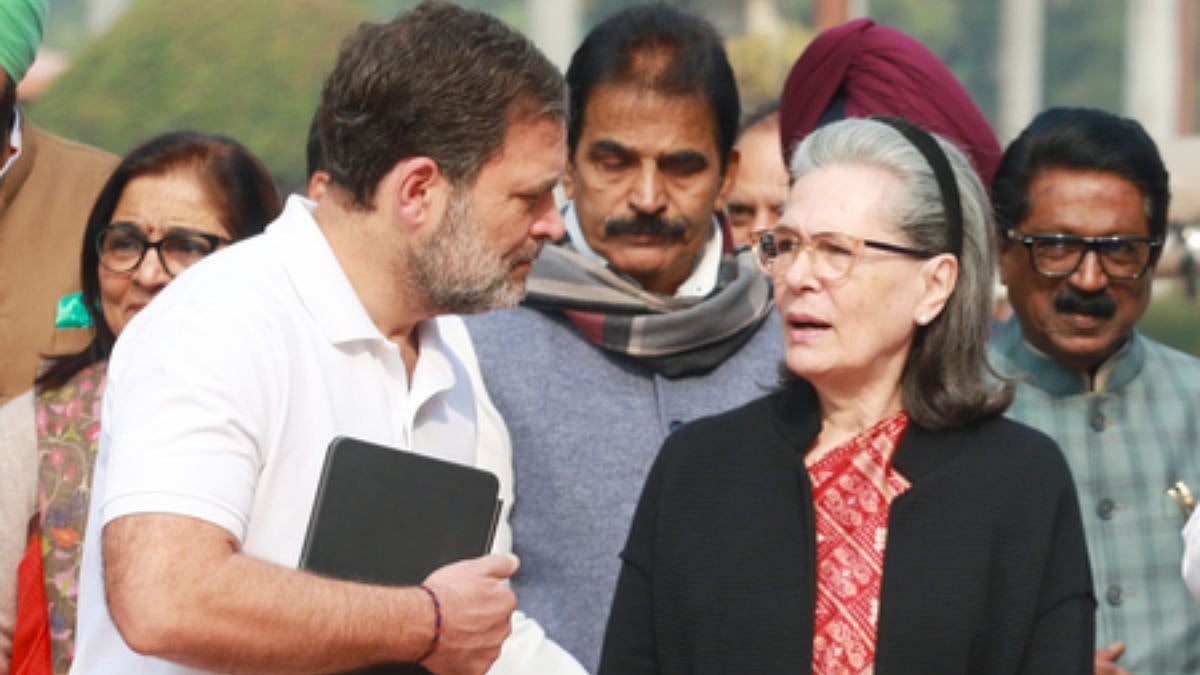Last week former Kerala DGP and BJP sympathiser T P Senkumar stirred a controversy saying that JNU campus was littered with condoms. “Now women (JNU students) tie their hair with condoms,” media reports quoted him as having said. (Hairband makers could go out of business). Counting used condoms in the JNU sewers seems to have become a fixation with some BJP minions. Three years ago Gyandev Ahuja, BJP MLA from Ramgarh, Rajasthan, claimed that “3000 used condoms” were found in JNU.
Even if the JNU students use the latex prophylactics, why attempts were made to rake up a contrived rage and paint them as some ugly creatures instead of cheering their role in controlling the burgeoning population, checking sexually transmitted diseases, abortion, MTP and even sustaining the latex industry. Condoms are an integral part of the population control and in the early 1980s, the slogan "Hum Do Hamare Do" (We Two Ours Two) was popularised through mass media by Indira Gandhi government and in 1999 then Prime Minister Atal Bihari Vajpayee too made a big push; a year later the National Population Policy was drafted with the long-term objective of stabilising population by 2045, but thanks to all-round opposition, including from the RSS, the project did not make headway.
When Vajpayee government tried to introduce a bill in the Lok Saha barring people with more than two children from contesting elections howls of protests from MPs, including BJP, scuttled the legislation; some lawmakers went to the extent of saying that it was “infringement of sexual freedom”. Senior BJP leader and RSS ideologue K R Malkani was among those opposed the move. In a media interview, Malkani argued that people are a nation’s biggest asset. “Unless Pakistan and Bangladesh agree to control their population, we should not waste money,” Malkani said adding “all great nations had pursued a policy promoting population. While Japan made migration an offence, Germany under Hitler welcomed even illegitimate children….”
Even as the retards demonise the JNU students, advanced countries have been debating about installing condom vending machines in campuses. Now all condom controversies should end as none other than Prime Minister Narendra Modi himself has made a strong pitch for population control; RSS publications demanded the use of contraceptives mandatory. Furthermore, BJP lawmakers - Rakesh Sinha (Rajya Sabha) and Ajay Bhatt (Lok Sabha) tabled two separate private member’s bill - the Population Regulation Bill, inter alia calling to limit children per married couple to two, incentivising those who adhere to it and penalising parents who don’t.
Why this change of tack? Until recently, the saffron ecosystem saw no merit in controlling the population. In early 2015 BJP MP Sakshi Maharaj had said that all Hindu women “must produce four children to protect the religion”. A few months later VHP working president Pravin Togadia exhorted Hindu families to have “several children” to ensure survival and growth of the religion.
Reports said as many as 36 private member’s bills have been introduced since independence but with little follow-up action thanks to resistance from all and sundry. Why is the RSS rooting for smaller families now? Critics suspect a subtext behind the change of heart. At its 2015 Ranchi meet, the Sangh passed a resolution calling for two-child policy expressing deep concern at "severe demographic imbalances".
RSS mouthpieces “Organiser” and “Panchjanya” carried articles calling for steps to check the rising birth rate. A write-up blamed the Muslim community for the population growth saying that across the world between 2010 and 2018 “three Islamic countries” — Nigeria, Pakistan, and Indonesia” saw the highest population growth. “Conclusion can be easily drawn from the figures by the United Nations that the Islamic countries are making the least efforts to control population rise,” the article said.
In the Statement of Objects and Reasons (in the private member’s bill) Sinha is learnt to have cited that “close to 72 districts have TFR (Total Fertility Rate) more than four children per woman.” According to him many of these districts are dominated by minorities. The RSS has also urged the government to "reformulate the National Population Policy” and apply it "uniformly" to all sections of society.
Domain experts, however, say of late India’s total fertility rate has been declining, especially among religious minorities. It is, therefore, possible that the proposed two-child law may not drastically alter the Hindu rate of growth if the battle is for sustaining numerical superiority.
With a “muscular” Modi now flagging the population project in a big way, a law to enforce two-child norm can be expected very soon. The only hitch may be the International Conference on Population and Development Declaration that India signed in 1994 honouring the individual right of the couples to decide the size of their family. Some experts are of the view that India can negotiate and get the restrictions tweaked by the ICPD to bring in an India-specific provision.
Regardless of the communal slant (if any), the burgeoning population is a huge burden on infrastructure, education, health and environment and it is high time the nation spoke in one voice about the need to cap the size of the family. A few days ago Union minister Giriraj Singh suggested that couples who have more than two children be stripped of their voting rights. Why only couples? Why not MPs and MLAs? To set an example, political parties should start with barring people with more than two children from contesting elections. The southern states should be happy to welcome the two-child policy. While the Hindi speaking states continue to swell populations, the South has successfully controlled birth rate registering all-round improved social indices. However, the South has been punished with fewer Lok Sabha seats and lesser revenues from the Centre. Last year Southern chief ministers had expressed fears that fiscal transfers to states based on population criteria will benefit Hindi speaking states at the expense of the South.
The writer is an independent journalist.
